Hey friends, welcome back! I appreciate you stopping by. If you can’t tell by the title, we are talking about Pulmonary Rehab/training for this season’s adventures. Those of us with lung conditions know the importance of keeping our lungs function properly. After all, if we don’t use them, we lose them.
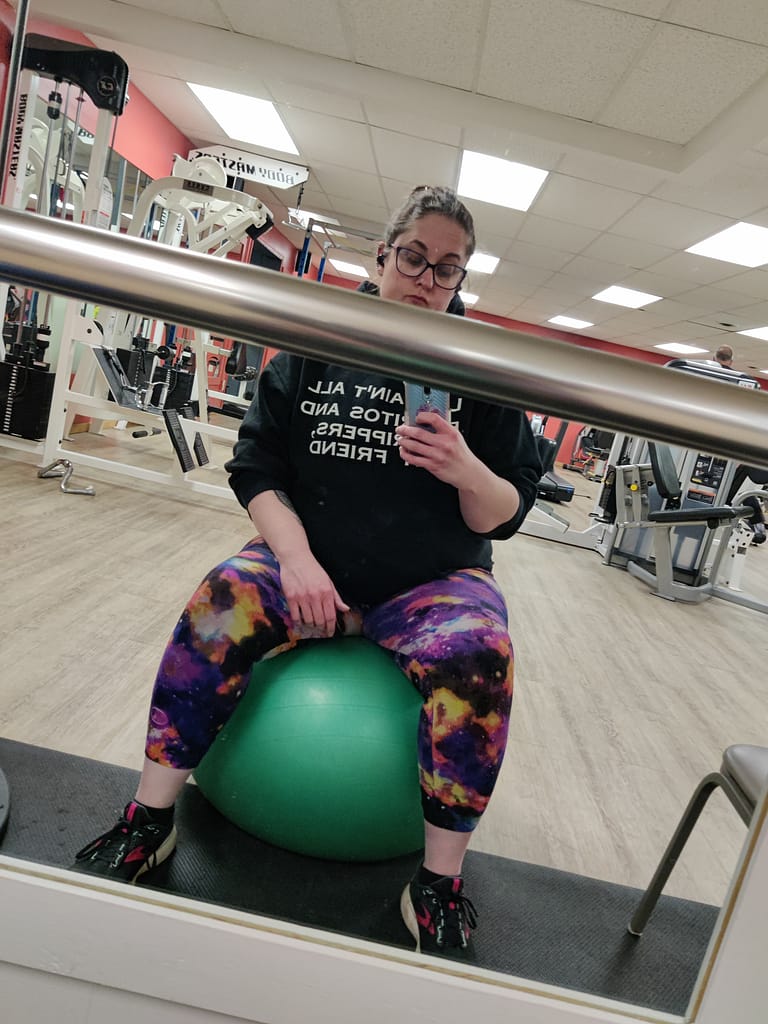
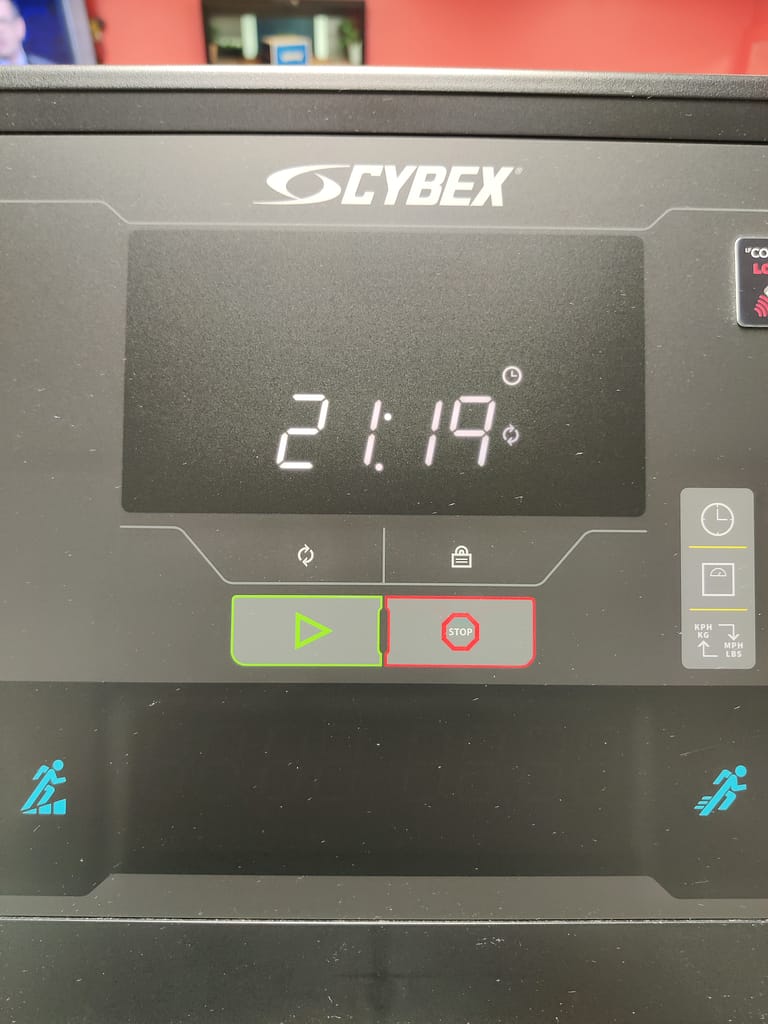
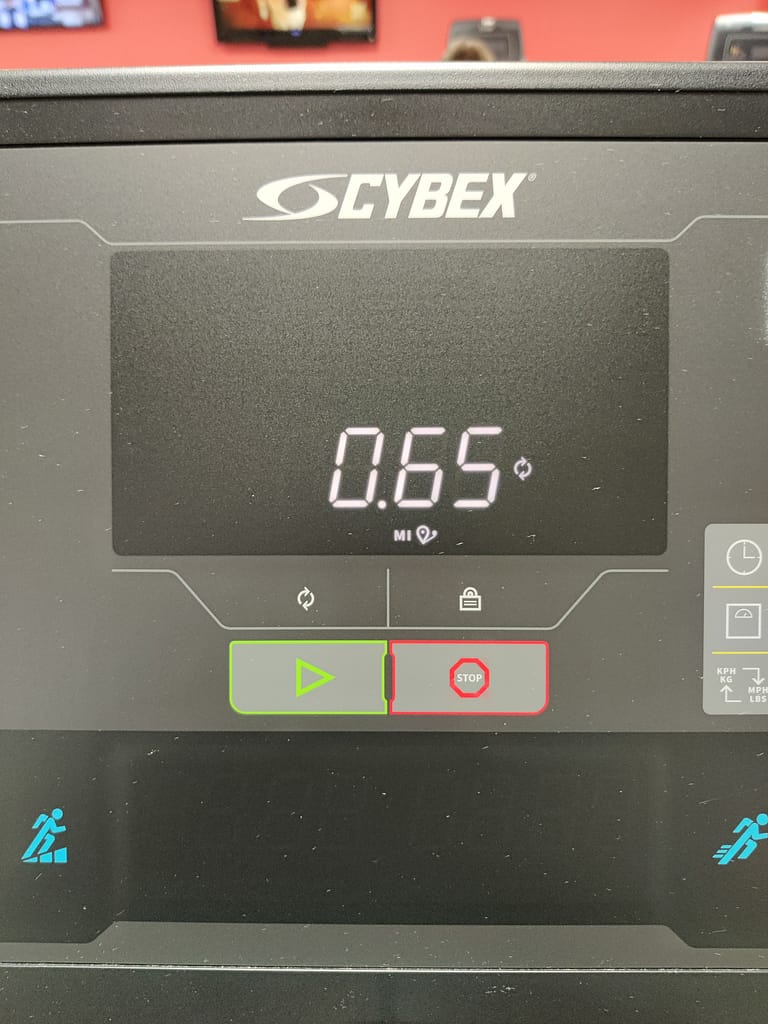
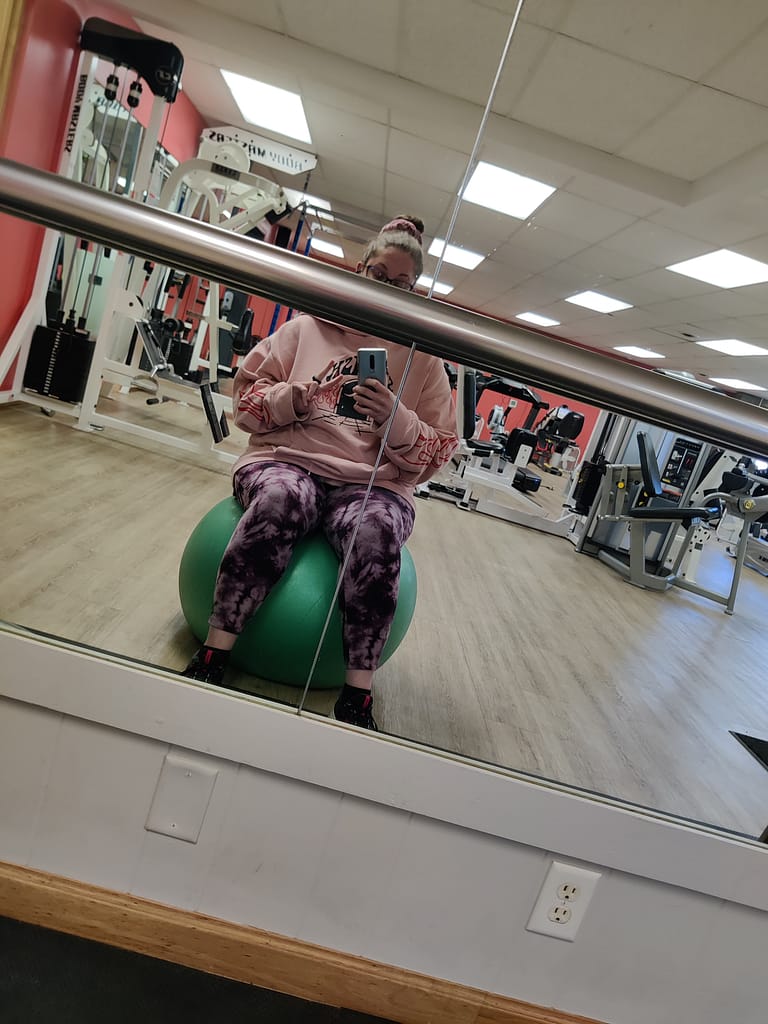
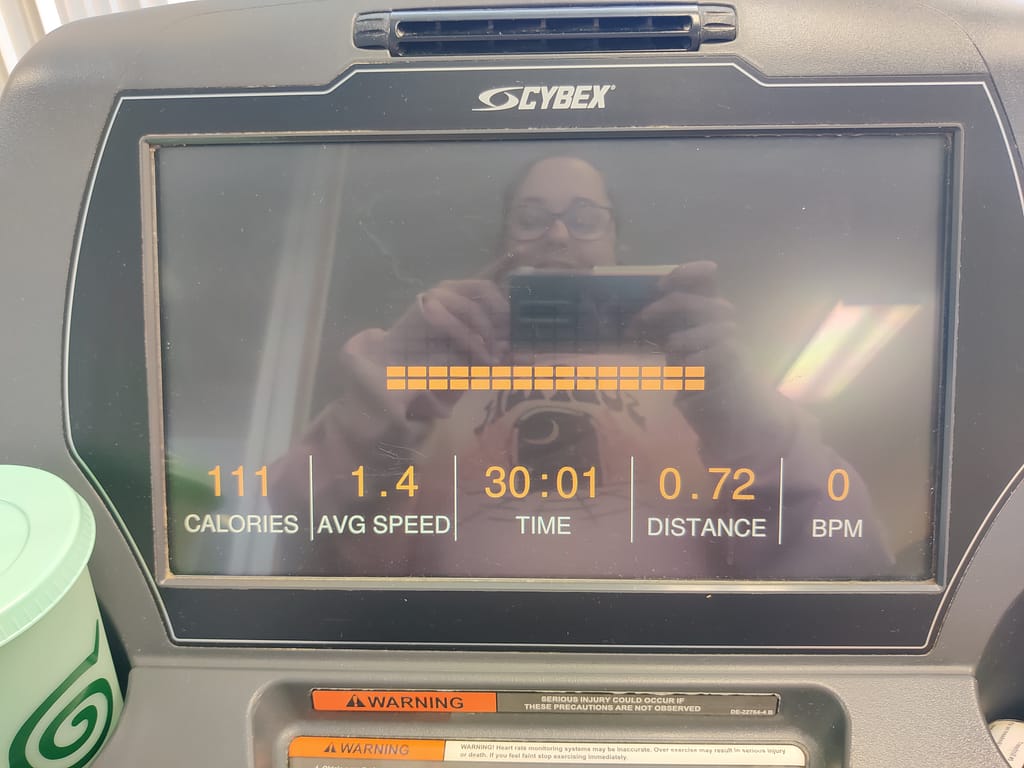
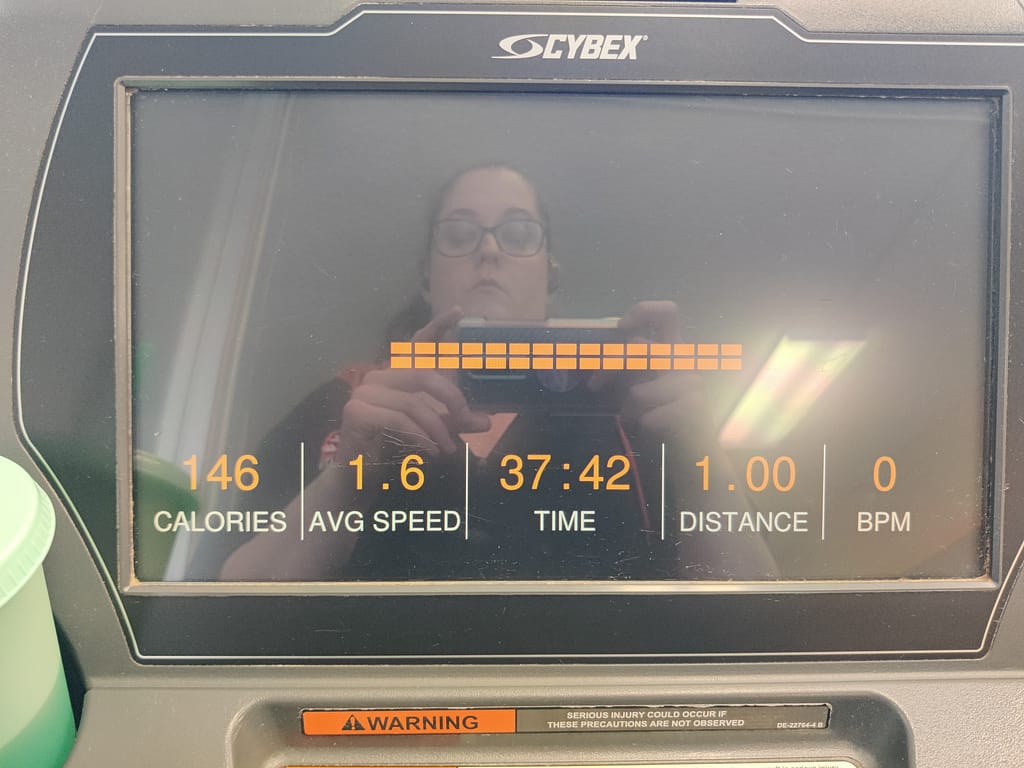
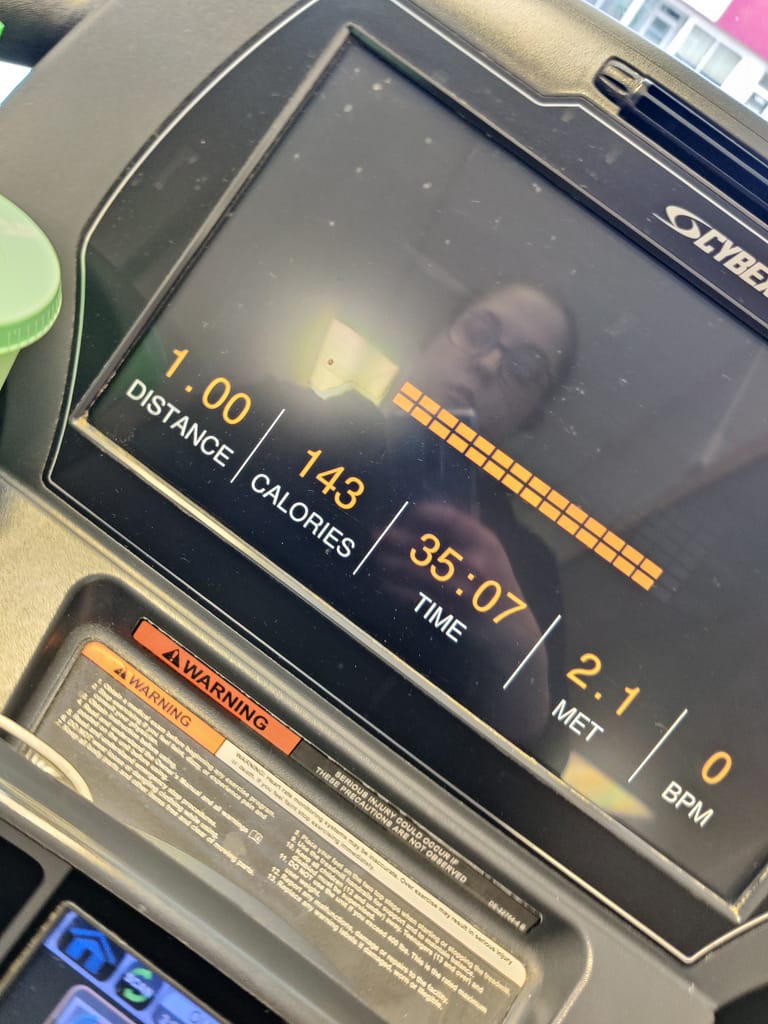
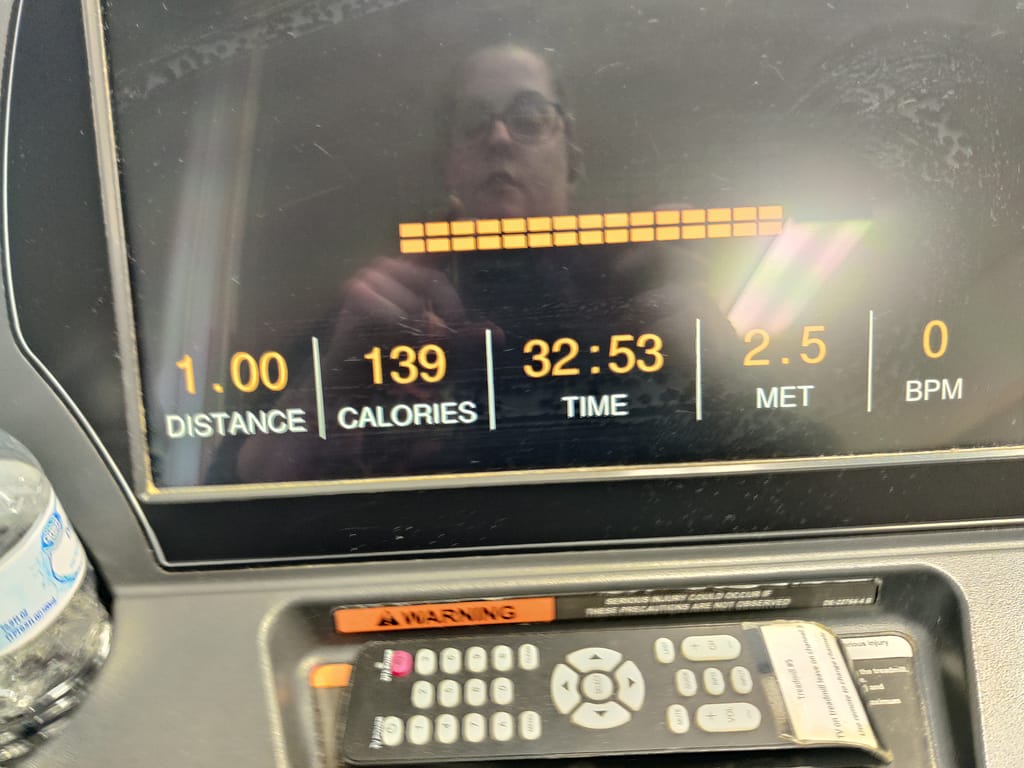

What is this pulmonary rehab you speak of?
If you don’t know what Pulmonary Rehab is, the American Lung Association defines it as:
“Pulmonary rehabilitation is a program of education and exercise to increase awareness about your lungs and your disease. You will learn to achieve exercise with less shortness of breath. The classes are offered in a group setting so you get the chance to meet others with your condition, which provides an opportunity to give and receive peer support. The skills and knowledge learned in the program will help you feel better and manage your chronic lung disease. You’ll become stronger by increasing your level of fitness. Exercising your lungs and your muscles helps you be more active so you can do the things you enjoy with your loved ones. Pulmonary rehabilitation may even decrease the need for hospital visits.”
https://www.lung.org/lung-health-diseases/lung-procedures-and-tests/pulmonary-rehab (para 1)
From that definition alone, you can see how doing this can be extremely beneficial for people like us. It helps us increase our functioning, strength, and potentially our support system.
My experience
So, if you’ve been here for a while you know that before my diagnosis I was a very active person. To go from that to sedentary in such a short amount of time was difficult not only mentally, but physically.
I have chronic pain issues and my Hypersensitivity Pneumonitis exacerbated them so much because I didn’t breath normally (shallow chest breathing versus diaphragm breathing) and that has muscles doing work they aren’t supposed to take the full load of. My TMJ issues, shoulder injury, along with the other issues I have in my neck and upper back flared up to the point of ridiculous and we didn’t know what to do with me anymore because my normal treatments weren’t working well anymore.
Pulmonary Rehab and Physical Therapy
However, I am really grateful that my Physical Therapist stuck with me and figuring it out with me (Big shout out to him and his team). He is the one who I essentially did my Pulmonary Rehab with. We created a program that would help my lungs, but also the rest of my issues from the top of my head to the tips of my toes. We basically added to the one I had for my other issues. From what I’ve seen, the program we came up with isn’t too different than what I would have done with my pulmonologist. It was tailored for my specific needs and that’s important and extremely beneficial.
They were also cheerleaders when I was frustrated and feeling down about my level of functioning. It felt like I was stuck and not getting anywhere, but they reminded me that six weeks prior I was on oxygen almost all of the time and I was no longer using it unless I was doing big exertion things, which was a huge leap forward. All I had to do was keep at it and continue to move forward the best I could. It was going to suck sometimes (and still does tbh), but I am doing well.
I needed facts and they spit facts. I run into him occasionally while I am at the gym and he still checks in sometimes. It’s nice.
Other thoughts
I do believe that my active lifestyle pre-cHP did contribute to my ability to bounce back like I did. Well that and my resilience and downright stubbornness to let something except me have full control of my life. Don’t get me wrong, it definitely has changed me and my life but I continue to work because what I want requires me to be able to function at a level that isn’t sedentary.
If you weren’t active before your diagnosis or it’s kicked your butt so hard that you couldn’t even think about doing what I am, baby steps and something to work towards work wonders.
So that’s nice and all, but what do you do?
I am going to focus on cardio this week, since it’s important for not only lung functioning in general, but for increasing lung capabilities and strengthening them. As always, I am not a professional, I just spend a lot of time with them. It’s probably in your best interest to work with professionals at the beginning of your program so they can monitor you and help if needed. It isn’t abnormal for oxygen saturations to drop and no one needs to get dizzy and fall on the treadmill. That would cause other problems…
On to the cardio, but first the warm up
Before I even think about jumping on a machine, I make sure to do the stretches, range of motion exercises, etc. This is tailored to my needs, but they won’t hurt anyone unless you have restrictions. If you do, you probably have an idea on how to work with them from the person on your care team who put you on them.
- Hip circles, tilts, and side-to-sides on the exercise ball to get the pelvis ready for movement. I also do standing range of motion for my hips because having your ball and socket joints moving properly is good for doing everything.
- Some stretching for each set of leg muscles. I do calf, quadriceps, inner and outer thighs, hip flexors. I heard somewhere that dynamic (moving) stretching is better for pre-workout and static (not moving) is better post-workout, which makes sense, but I do a mixture of both.
- Stretch my arms, shoulders, and neck with the exercises I have picked up from PT and my chiropractor over the years. These include range of motion as well.
- I even do some of my TMJ exercises because I am standing in front of a mirror.
I will share all of these in more detail if you’d like, just shot it out in the comments and they’ll be yours.
Exercises
I use the treadmill and kept it at a 0% incline with my speed ranging from 1.8 to 3.0 as I progressed. The distance and time varied based on how I felt, but ranged from 10 to 45 minutes. I made sure to use a Pulse Oximeter to keep track of my heart rate and saturations, especially in the beginning with PT. Once I was in a good place and decided to take up hiking again, I started to use a rolling hills interval setting to get my body and lungs used to the varying terrain.
As of today, I still use this protocol, but am at 0% incline, speed ranging from 1.5-2.0, distance of 0.6-1.0 mile, and time of 30 minutes. For full transparency, currently my pelvic issues are acting up because I have been less active (thanks Covid, moving, and life), but they have improved greatly just by getting back to walking. This is a good pace for building endurance for walking and hiking.
I do plan on incorporating the rolling hills intervals in the near future and will 100% be decreasing my distance and time. As I’ve said on many of my other posts, inclines and I aren’t friends. They increase my shortness of breath greatly, but the only way out is through in these cases so I have to struggle. I’m sure they’ll always cause issues, but if I can decrease it even a little it’s worth it, right?
If you’re interested in following that journey more closely, check out my Instagram. I have some progress posts up already.
Tips and Tricks
- A good pair of shoes (and custom insoles) work wonders. They keep you balanced, in less pain, and that in turn will help your lungs because…movement. I know these can get pricey. Recently I had to get new shoes ($140) and need to replace my insoles ($180-$200. It’s been 7 years and they’re tired). Get what you can work into your budget and go from there.
- Bring your water and actually drink it. Staying hydrated is important all around, so do it.
- Do a warm up! Get your muscles ready to work and joints lubed up. Trust me, it helps a ton.
- Remember to bring your tracker and wear it. This one is for me….I forget mine all the time and have to rely on the “I know my body” thing and while it’s something I’m good at, I like concrete information. I use my ring, which you can learn more about here. But a standard pulse oximeter works just fine.
- Don’t be too hard on yourself. Remember that you’re doing your best and don’t be too hard on yourself on those days when you can’t do much more than walk into the living room. This isn’t easy to live with and you’ll have to grant yourself grace on more than one occasion. It sucks, it’s frustrating as all get out, but beating yourself up won’t get you up and moving the next day or week. Do you’re best and forget the rest.
And as always…Be safe out there! Seeyalaterbye <3
Also, if you feel called to help a sista out with her travels, check this out!
